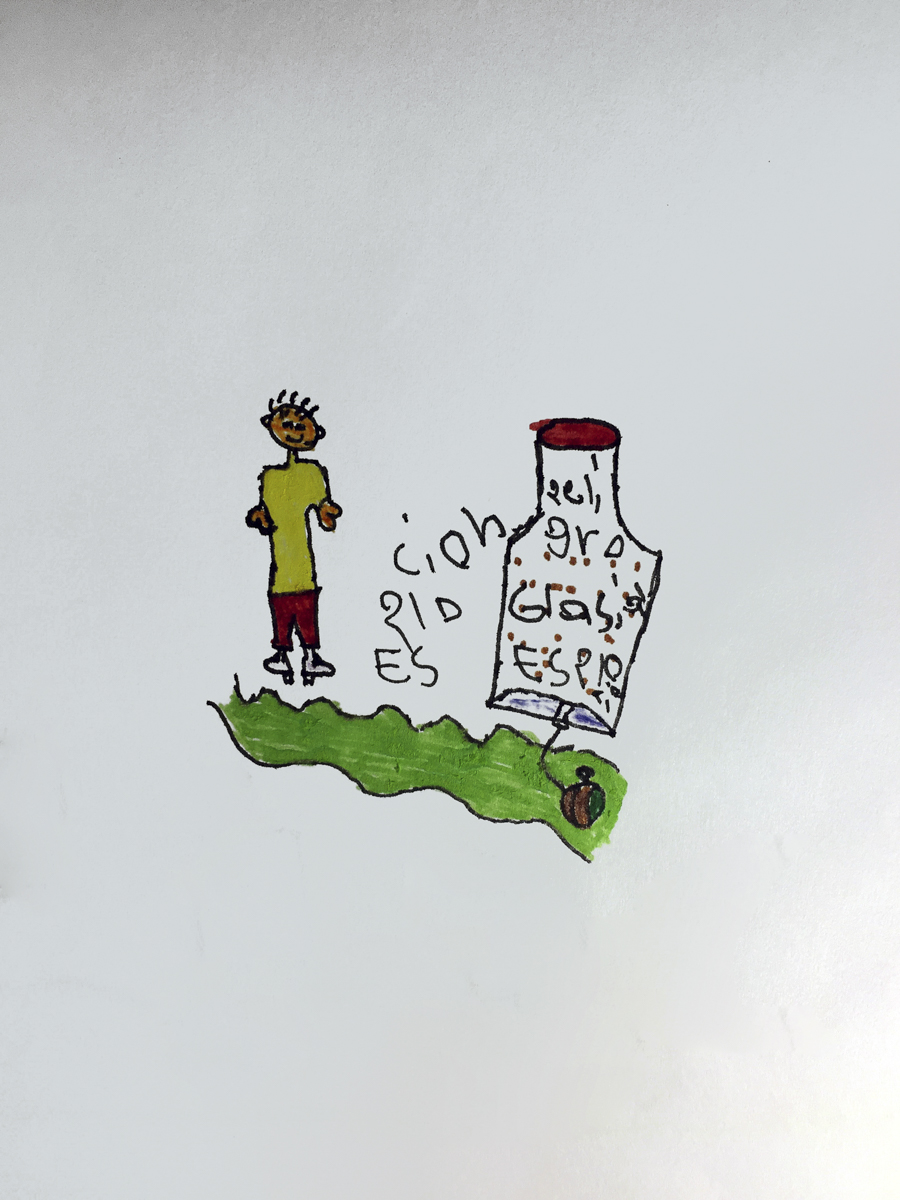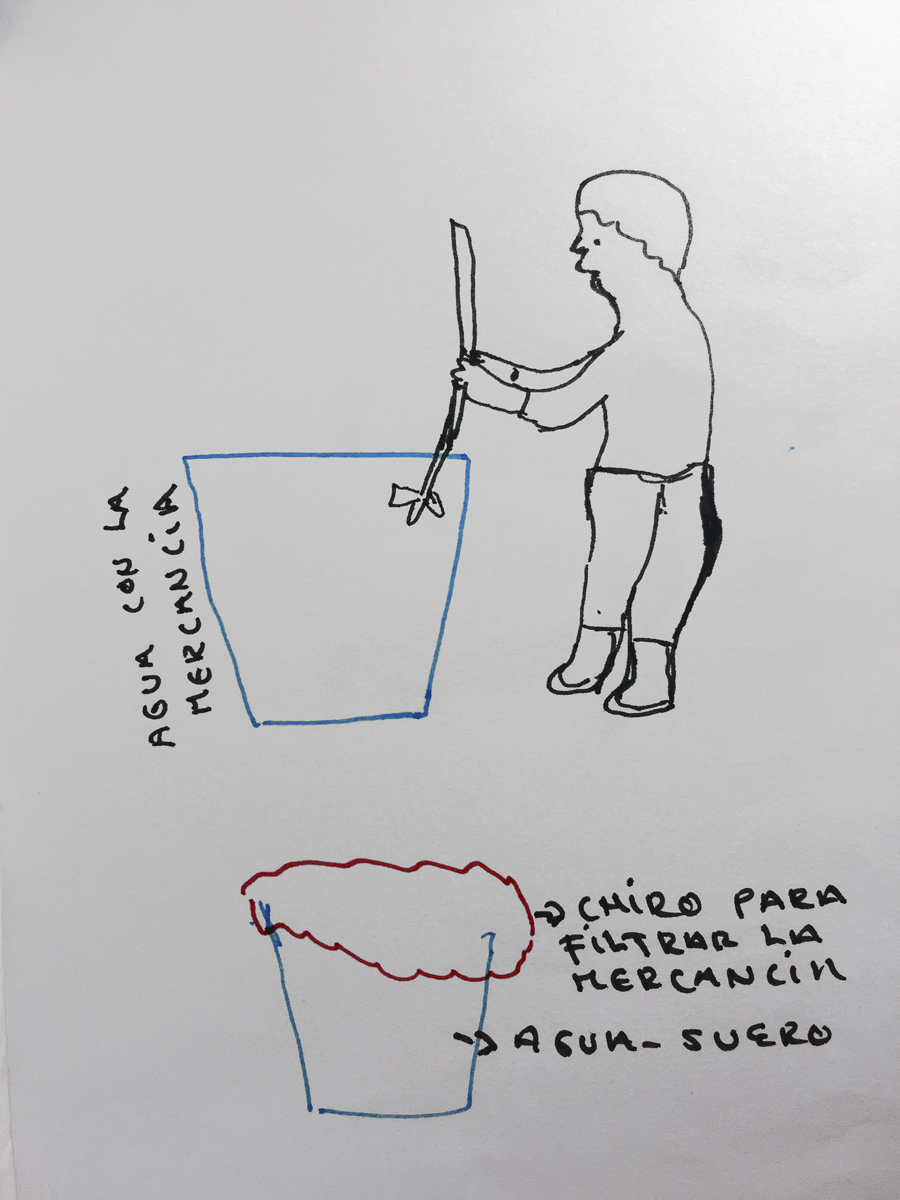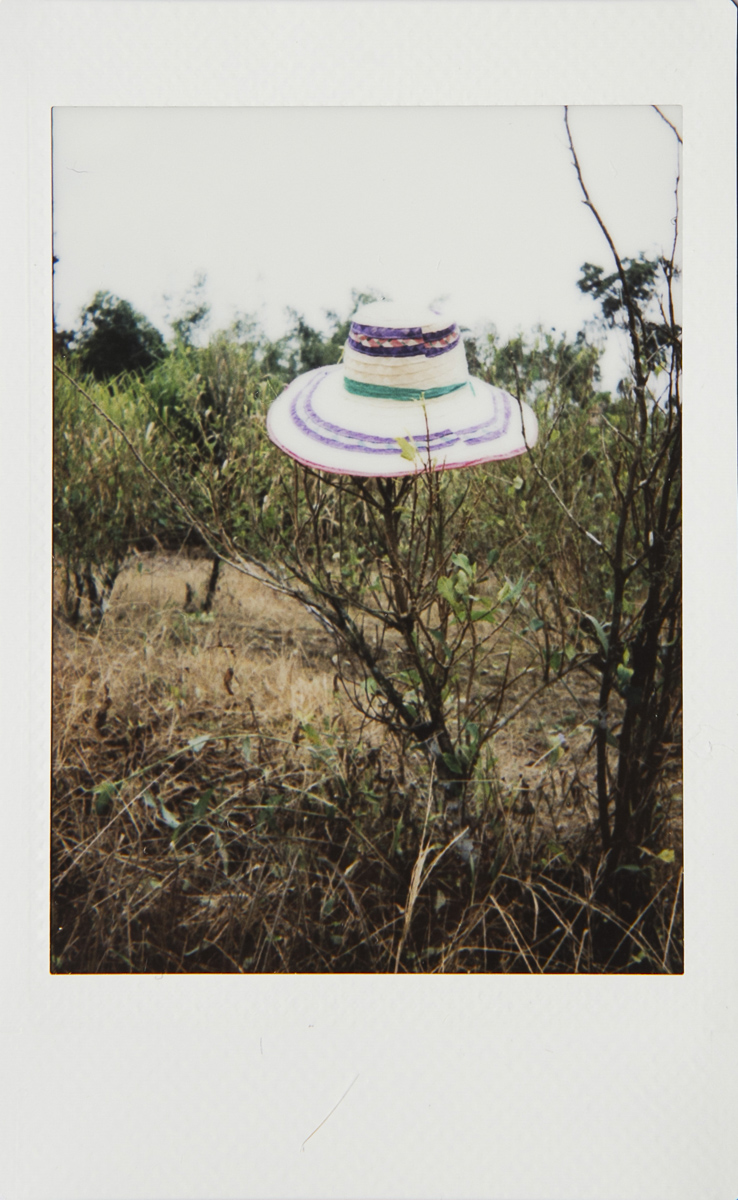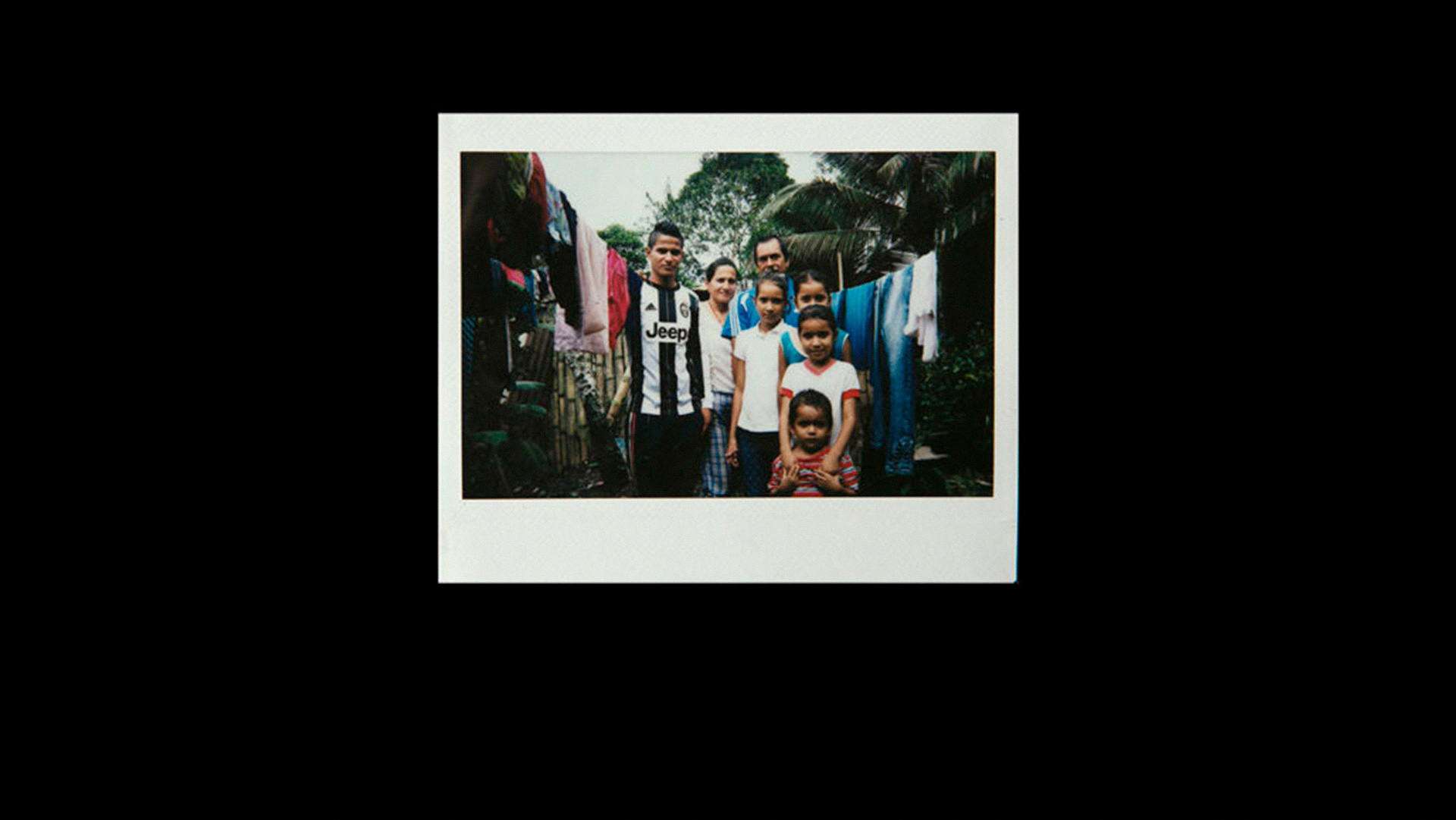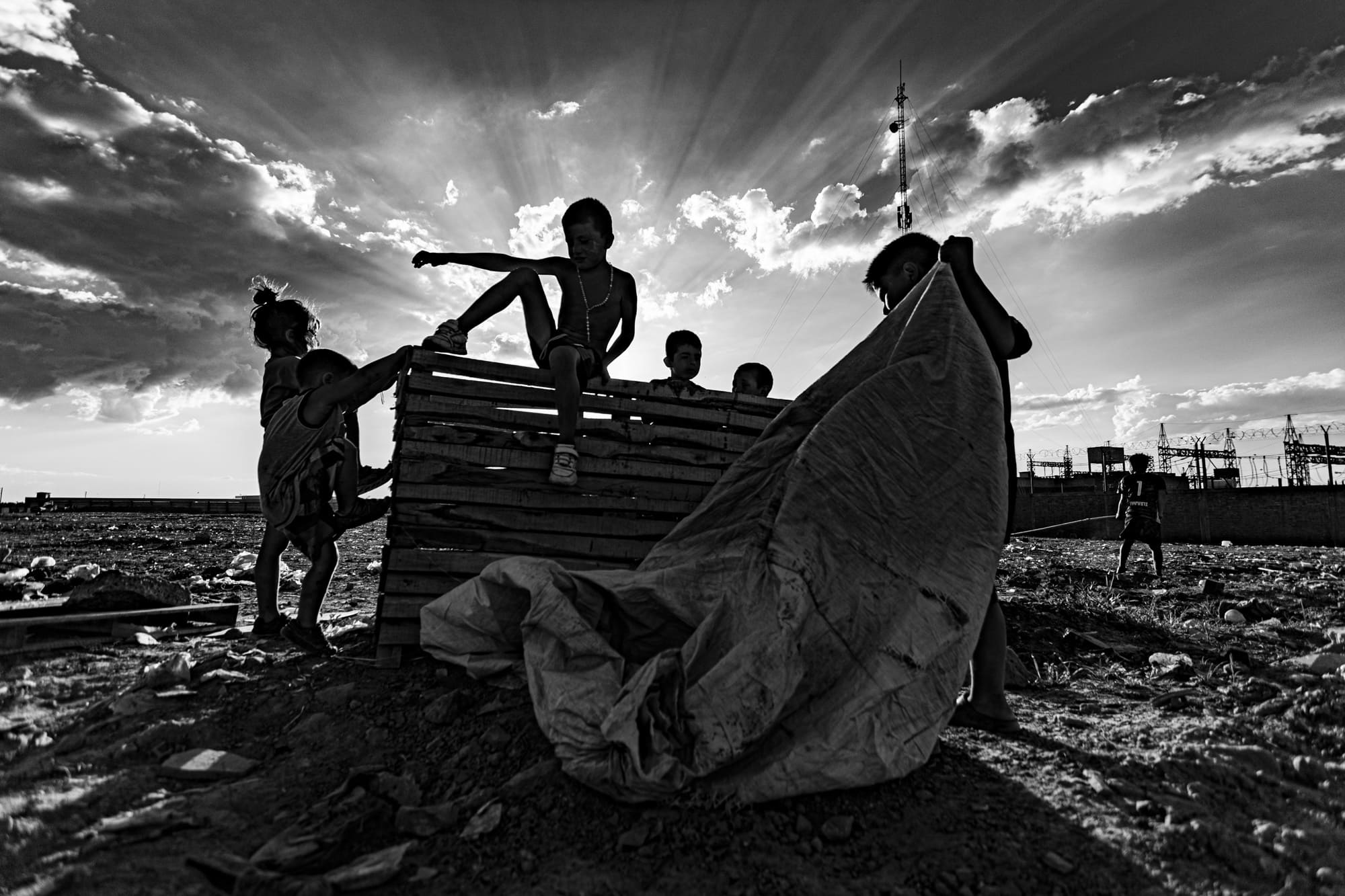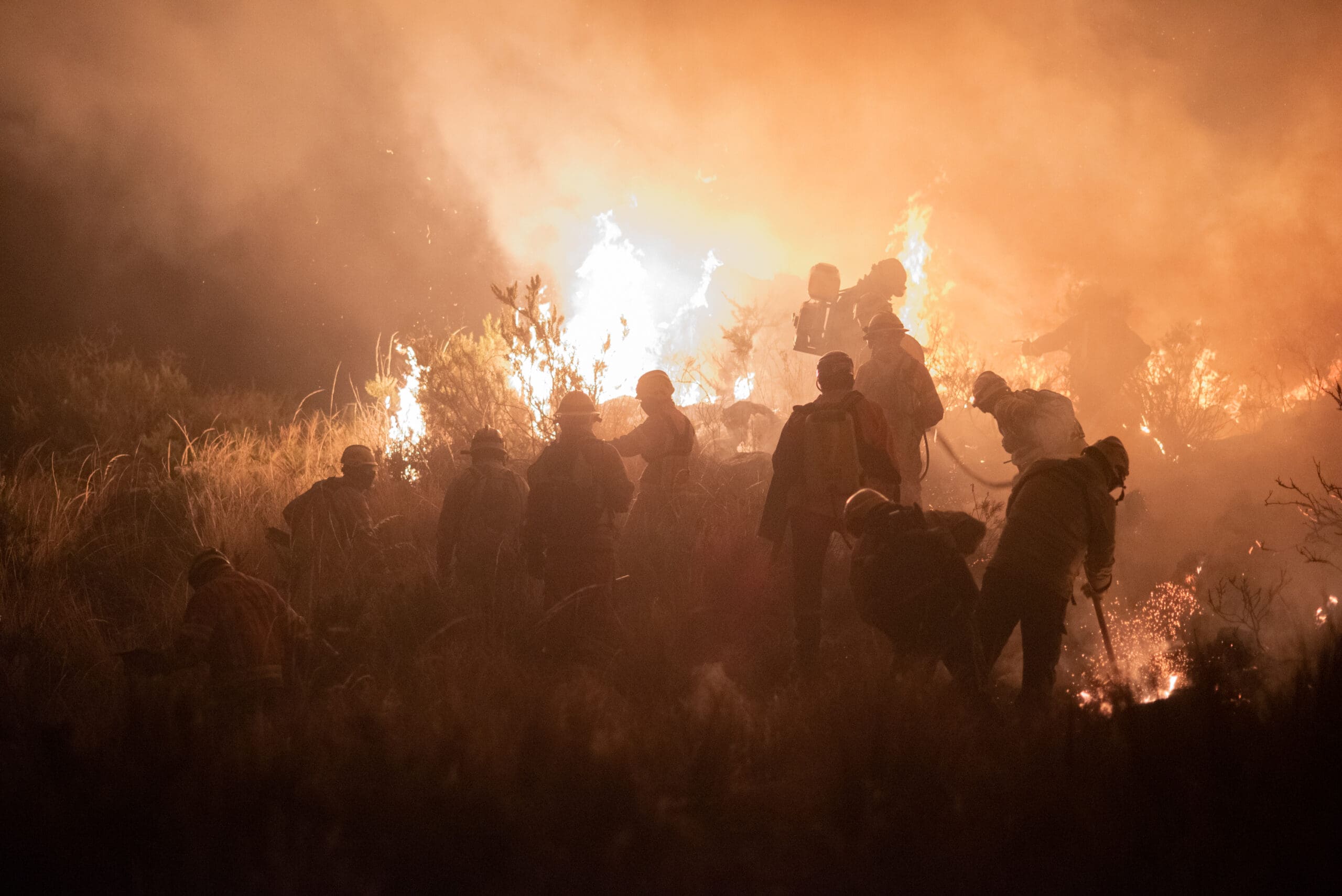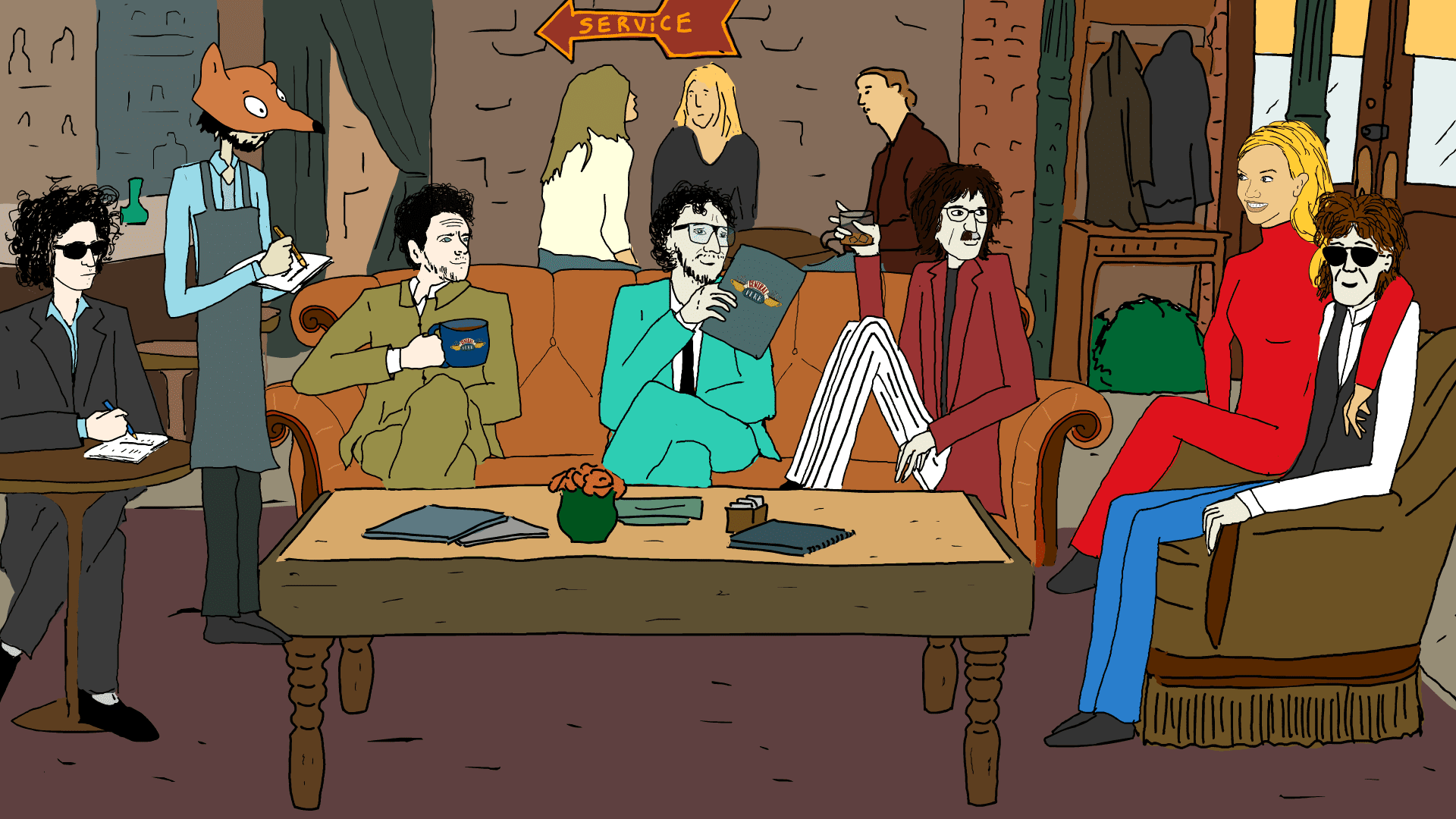In 2017, Venezuelan photographer Fabiola Ferrero traveled to a small Colombian rural community to visit a peasant family dedicated to coca production. The Peace Agreement had been signed very recently, in Colombia the hectares of coca planting did not stop growing and Fabiola –who until then had always worked on projects on Venezuela– wanted to understand what was happening in the neighboring country, to learn about the daily routine of those people.
A photographer friend, the Colombian Andrés Cardona, contacted her with a family from Caquetá and she went there, with instant cameras and a pad of sheets. From that trip was born her documentary project Madre-Tierra Conflicto (Mother-Earth-Conflict), in which Fabiola builds a mixed narrative that seeks to explain the complex Colombian rural dynamics, marked by inequality, violence and State oblivion.
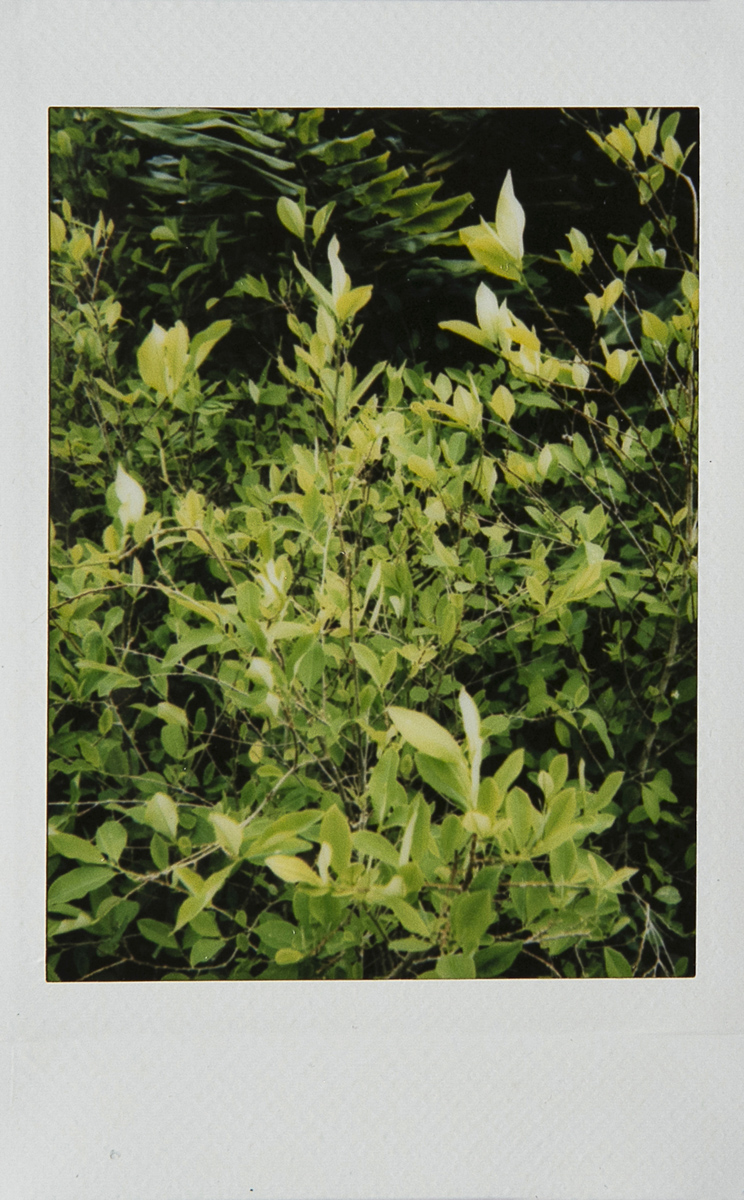
The family that hosted her planted coca, but, she quickly understood, they could have grown anything else. “They choose coca because it is the cheapest. To plant plantain or yucca, they have to pay freight to take the merchandise from one place to another, while the coca plant weighs almost nothing and the buyer goes directly to them,” explains Fabiola about the peasants in that area of the Colombian Amazonia, one of the most neglected regions in the country. “If you are in need and there is no incentive to grow other things, it is obvious that you are going to go for the most profitable.”
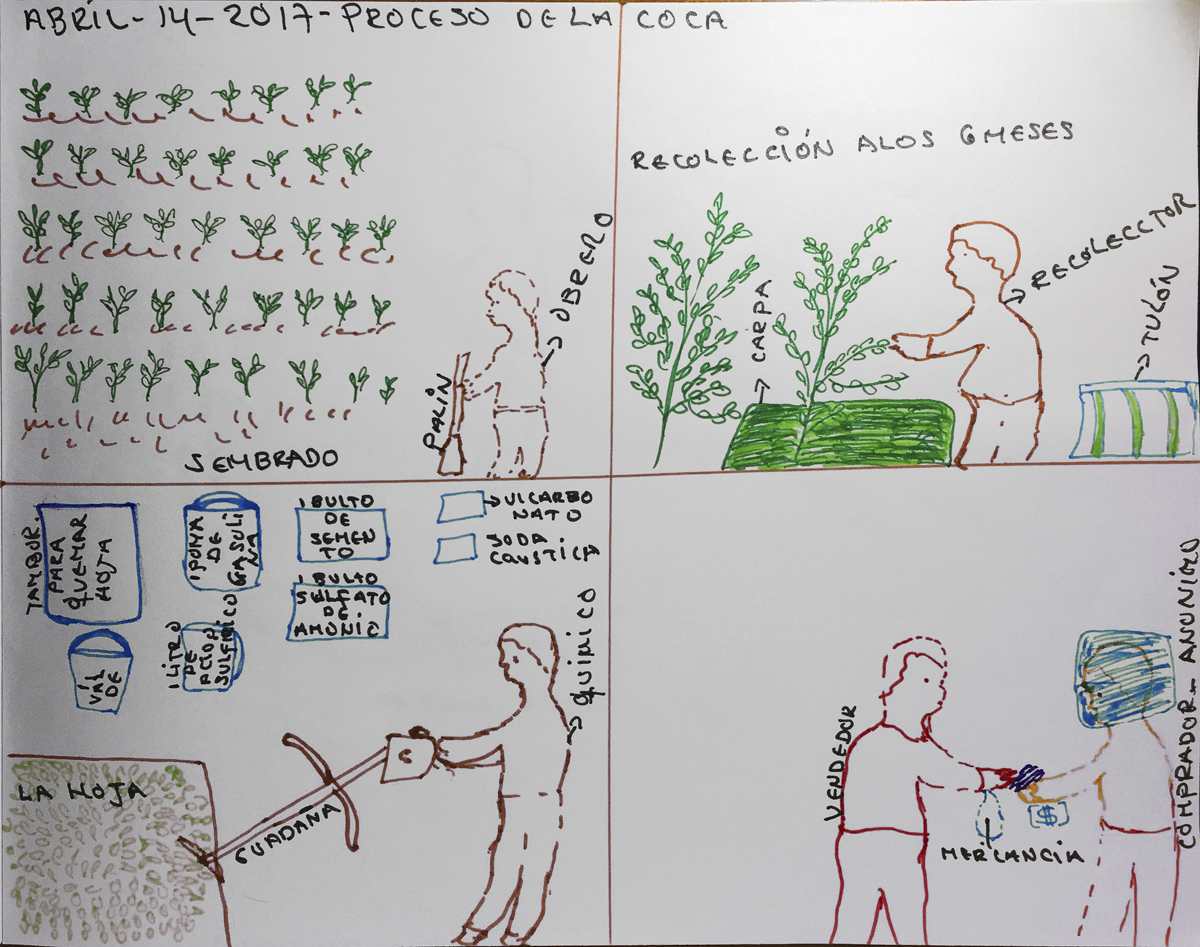
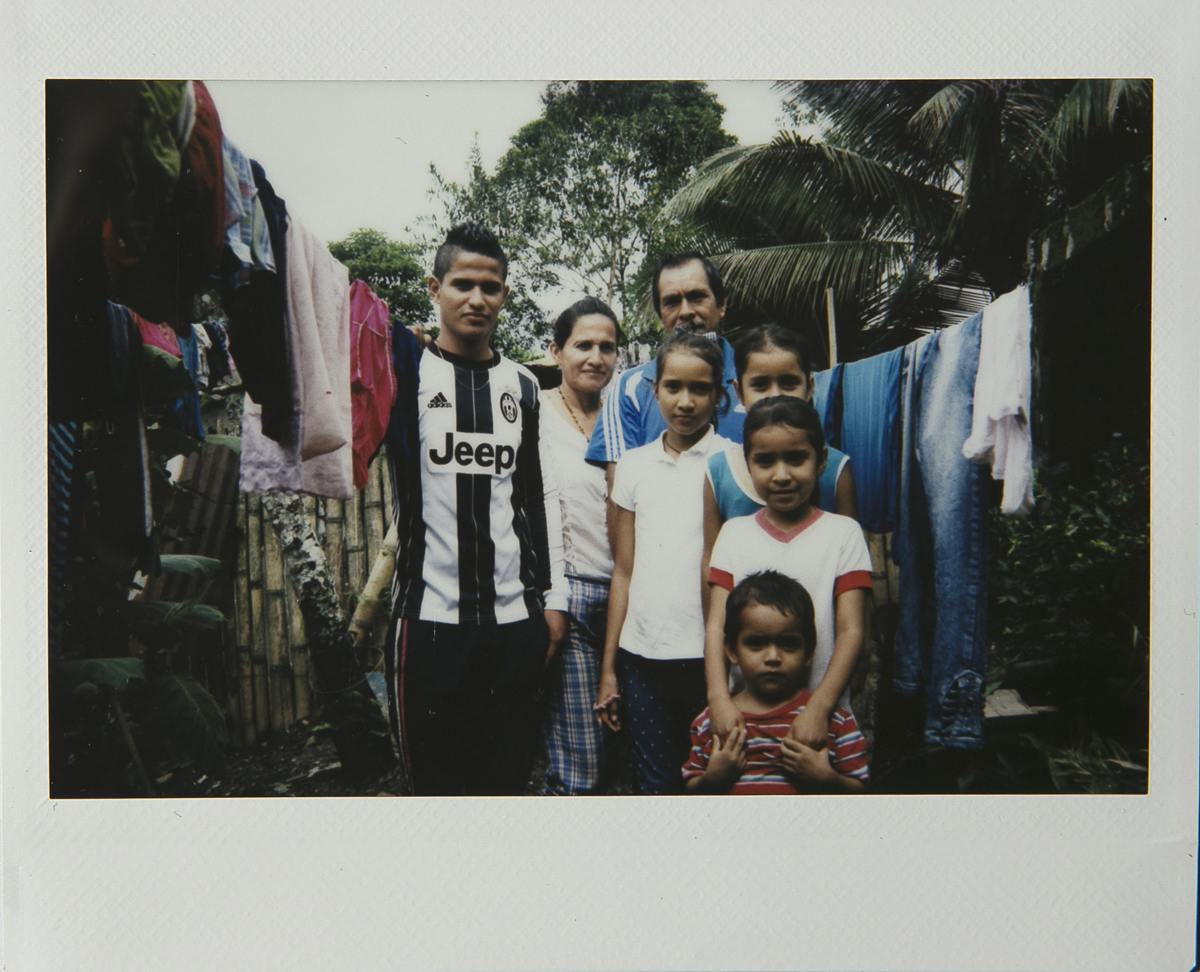
In Caquetá, Fabiola found herself in a limbo. This is how the residents of the community felt: between the conflict and an alleged peace, in a territory that was no longer controlled by FARC but which the State had not yet reached. She wanted to portray that uncertainty, that in-between time when something terrible seems to end and nobody knows what will come next.
With a Fuji instant photo camera, she made portraits that she left as a gift for the families she met during the trip. “I wanted to contribute a little”, says Fabiola, “they are people who do not have photos”, she values photography as a method to preserve memory. During her journey, she was especially interested in using that format to capture that hinge moment between conflict and post-conflict, ephemeral and uncertain. Capture that state of mind: a unique moment, like a snapshot, that is impossible to copy.
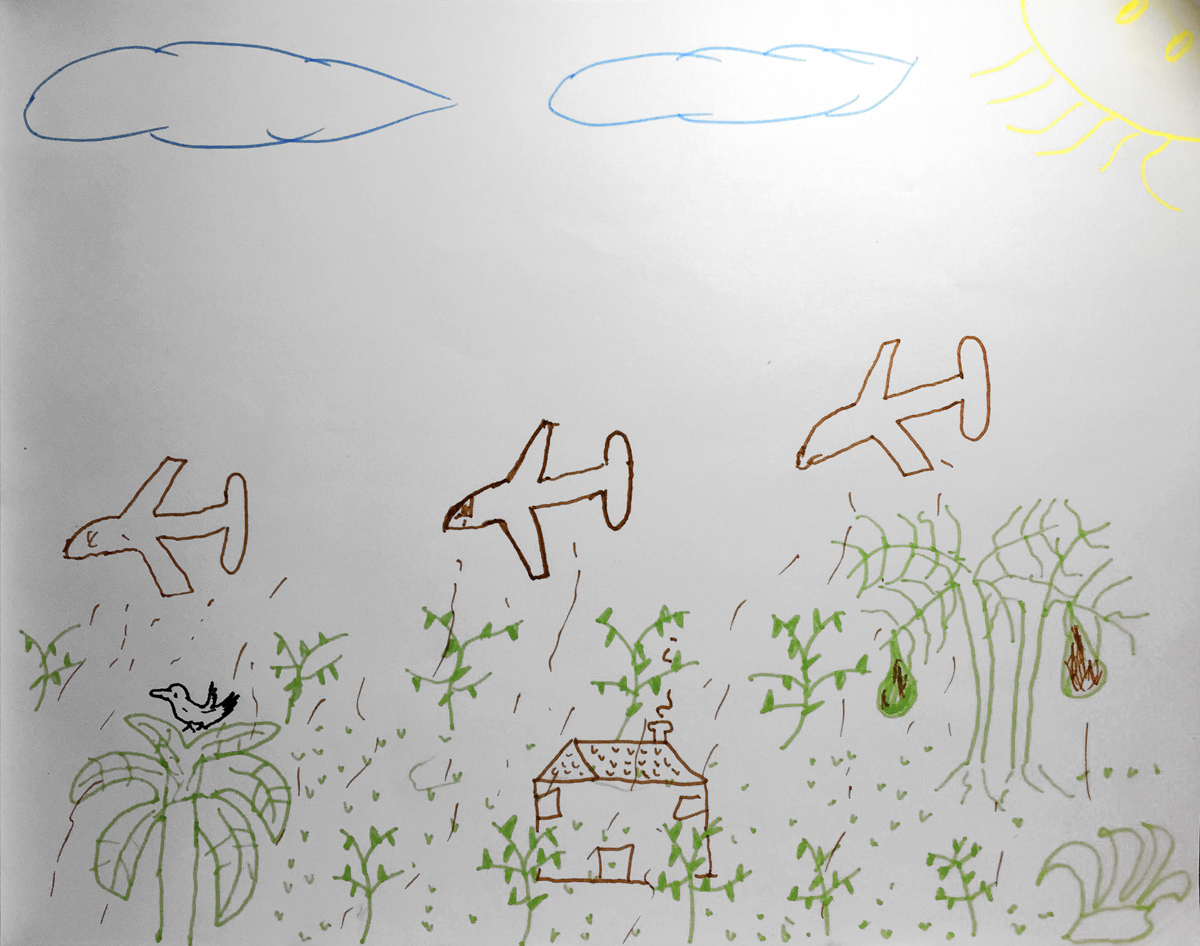
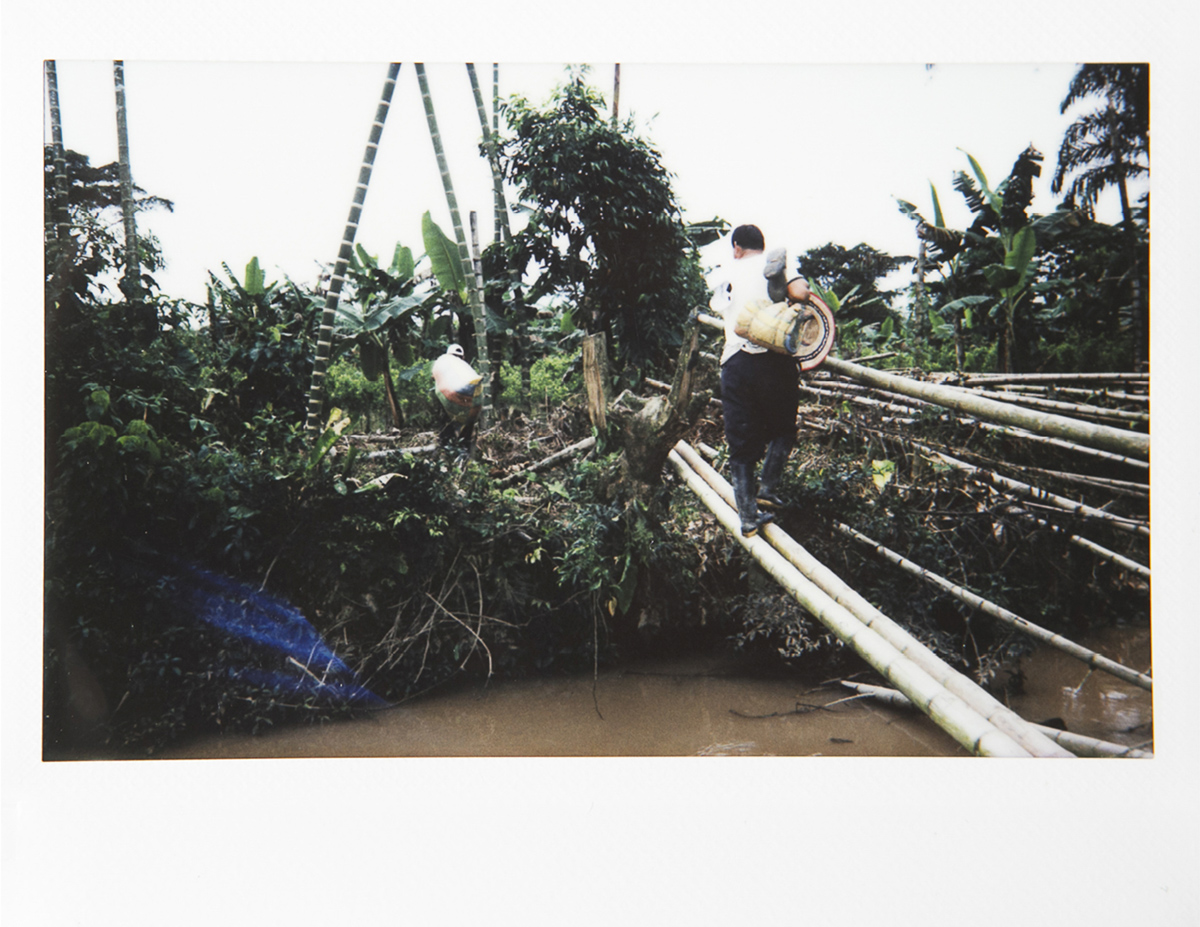
She asked the people she portrayed for a drawing on the pad of sheets she carried. “In some they explained the reasons why they grew coca, in another there is a buyer: is a person without face. For them it is easier because they do not have to move,” she recalls. “There were people who drew the government planes throwing chemicals on their crops: to end coca they also destroy everything else.”
What she wanted was to open her project to the narratives of the people she portrayed, so that it was not only her voice monopolizing the story. “Even if it is a very small exercise,” she says, “it is an attempt to say: they have their own way of seeing themselves that does not have to be the same as mine.”
